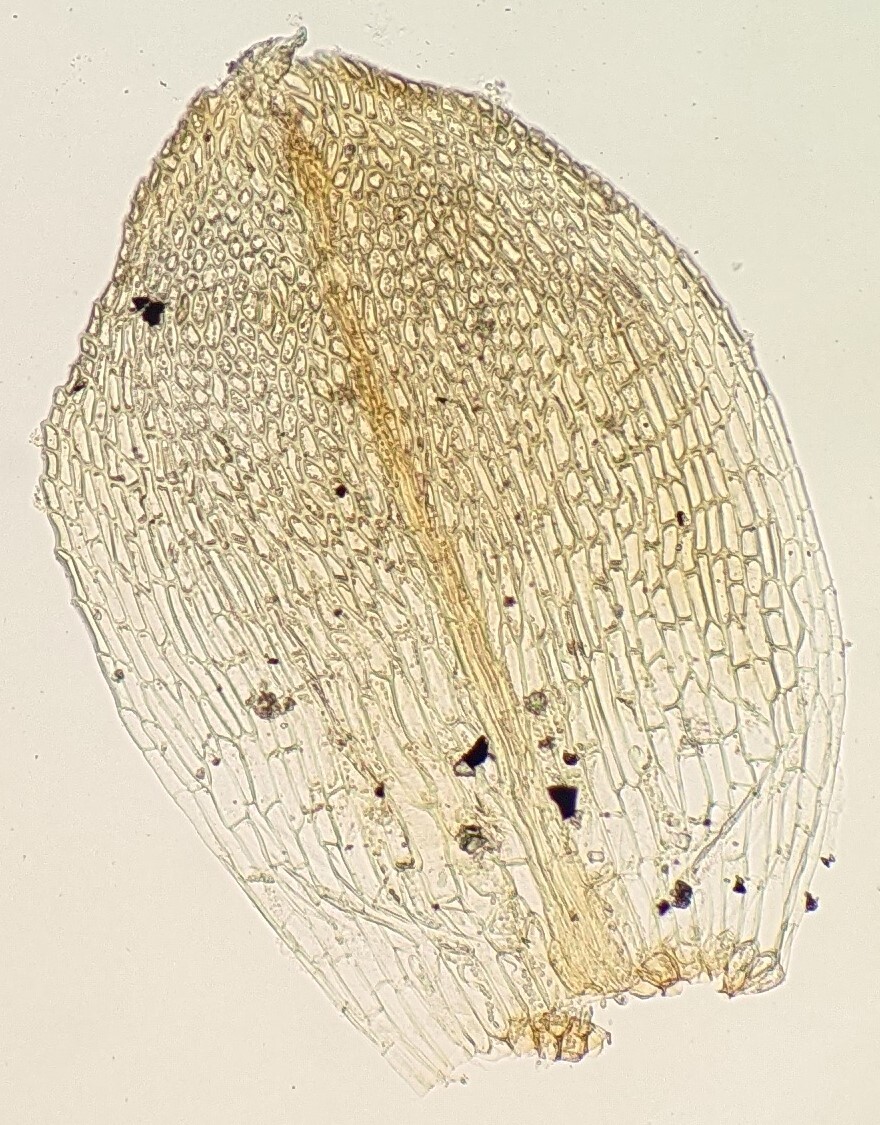Acaulon
Dioicous or paroicous. Asexual propagules absent. Small plants to c. 3 mm tall, bulbiform, gregarious or scattered on soil. Stems simple, with a basal tuft of colourless rhizoids; central strand absent; sclerodermis absent; hyalodermis absent. Leaves ovate, appressed to slightly spreading when moist, scarcely altered or with apices reflexed when dry, minute and bract-like near base, becoming larger toward apex (inner leaves); apex acute or apiculate; costa subpercurrent to excurrent as a stout apiculus or denticulate hairpoint, sometimes with chlorophyllose lamellae adaxially, with elongate adaxial cells, with a differentiated adaxial epidermis, without adaxial stereid band, hydroid strand usually present, with an abaxial stereid band, with a differentiated abaxial epidermis, with elongate abaxial cells; margin entire or serrulate or dentate toward apex, plane or recurved toward apex, without a border; laminal cells rounded-quadrate, oblong or rhomboid, becoming oblong-hexagonal or rectangular toward base, unipapillose or rarely pluripapillose in apical half (not in Victoria) or smooth throughout, unistratose; lamina KOH colour reaction red. Acrocarpous. Capsule erect, immersed, globose, cleistocarpous, with or without a minute apiculus, without an annulus. Calyptra minute, mitrate, often lobed. Peristome absent.
15 species throughout temperate and drier regions of the world, with some extension into drier tropical regions; six species in Victoria.
 Spinning
Spinning


